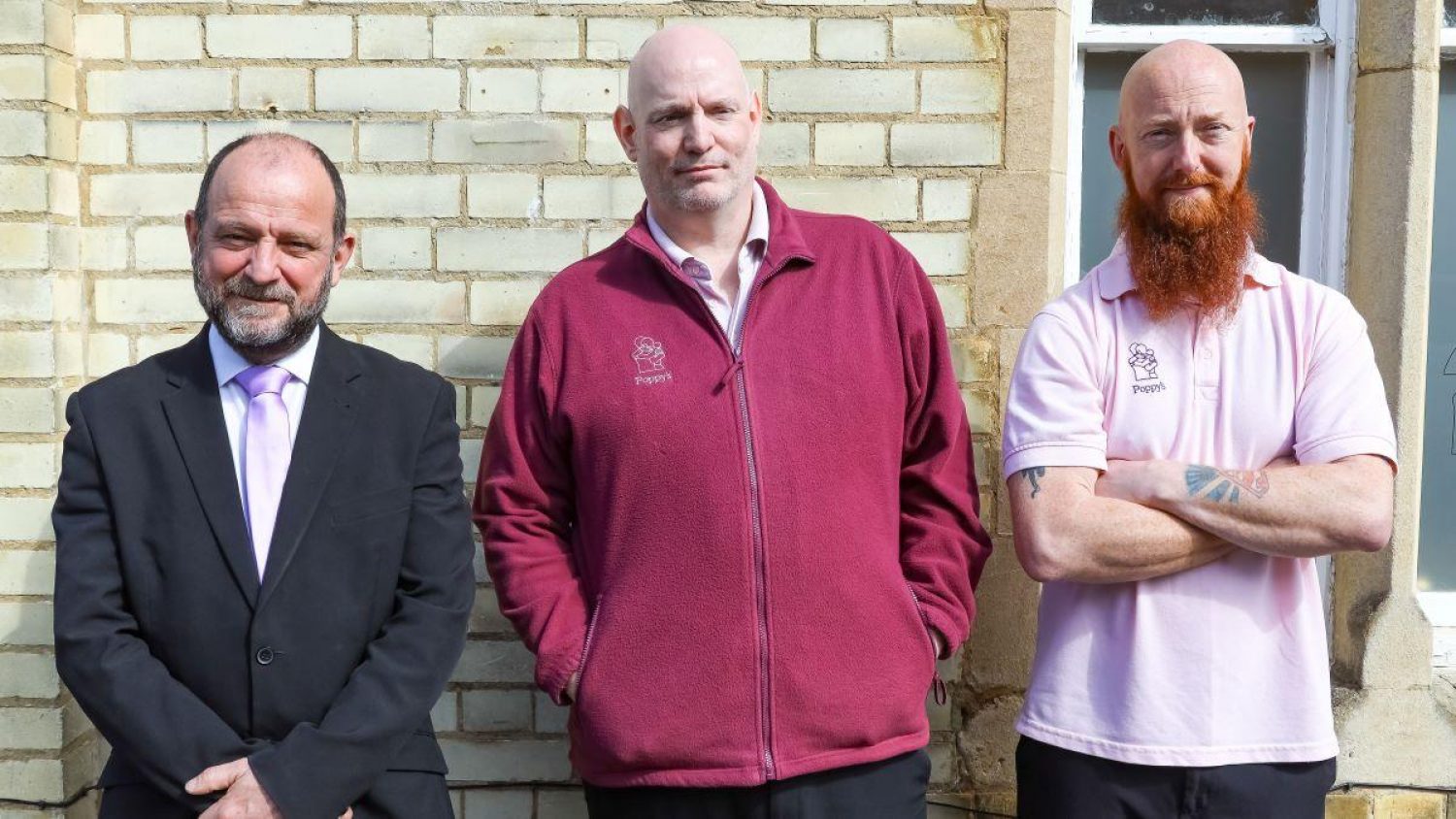Three minute read
Most of us associate funerals with wearing black, but this won’t be the right choice for everyone. We explore where this tradition came from and examine some other options for funeral colours and styles.
Like many familiar customs with deep roots, it’s impossible to work out exactly when the association between funerals and black clothing began. It goes back hundreds, if not thousands, of years.
Why do we wear black at funerals?
Perhaps it started in ancient Rome when people would wear a darker coloured toga, called a toga pulla, as a visible sign that they were in mourning. Or in mediaeval England, where widows were expected to wear black caps and veils. At that time, elaborate, black mourning clothes could be a symbol of wealth and status, as well as a means of showing respect.
However, like many of the funeral traditions we still see today, dressing in black only really took hold during Victorian times. After Queen Victoria’s husband died in 1861, she wore only black for the rest of her life. This gesture was copied by those who wanted to follow her example.
What alternatives are there to wearing black at a funeral?
Today, wearing black is still seen as a sign of respect — appropriate for a sad and solemn event like a funeral. But now that many people also view a funeral as a celebration of a person’s life, as well as an occasion for mourning, bright colours are becoming more popular. It’s something which is often requested by people before they die.
However, alternatives to black are nothing new. Over 500 years ago, French and Spanish aristocracy viewed white as the colour for mourning. White is also traditionally worn by Hindus during the mourning period and to funerals in China and Thailand.
What Poppy’s clients say about funeral clothing choices
At Poppy’s, we support all our clients to have the funeral they want and need, which means creating something which is personal and meaningful to them. Every funeral is different, because every person is different.
We’ve arranged some very traditional funerals, many unusual or alternative funerals, and plenty which fall somewhere in between. When people have strong feelings about what sort of clothing or colours they want, we support them to do what feels right for them.
When Earle planned his wife’s Barbara’s funeral, he wanted it to be full of life and colour, just like she was. “We wanted Barbara’s funeral to reflect what she was like. We didn’t want anything flashy, but we did want it to be stylish,” he explains.
“Barbara loved dressing nicely. She looked glamorous even in casual clothes. So we asked people to wear bright clothes to the funeral, rather than black. We wanted to celebrate rather than mourn. Afterwards, lots of friends said that the funeral was ‘really Barbara’.”
For Eamon’s family, having a traditional horse and carriage, everyone dressed in black and bearers in morning suits, was one way they could fulfil their dad’s wishes.
“Dad had told us that he wanted a traditional horse and carriage for his funeral because he came from a Traveller family,” remembers Eamon’s daughter Amy. “On the day of the funeral, the horse and carriage were so beautiful. They were shiny jet black, and the carriage was filled with floral tributes.”
Combining traditional and modern styles is also becoming increasingly popular, with clients opting for ‘black with a flash of colour’, rather than all black dress codes.
We’ve also found that sometimes our clients ask their guests to wear a particular colour, or something with that colour like a buttonhole or ribbon. It can remind them of the person who has died if they were known for that colour, and also helps give a feeling of unity to the group.

